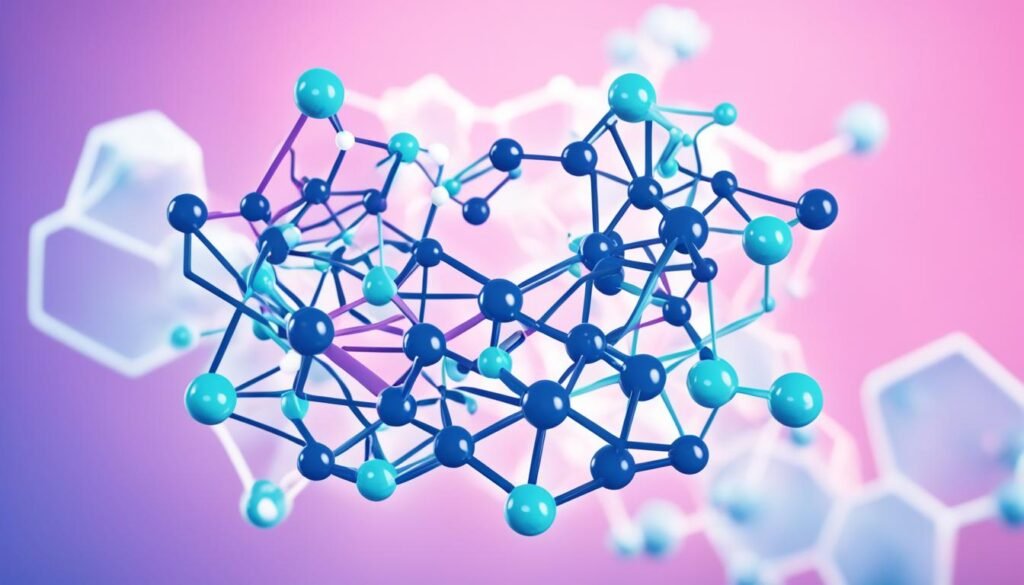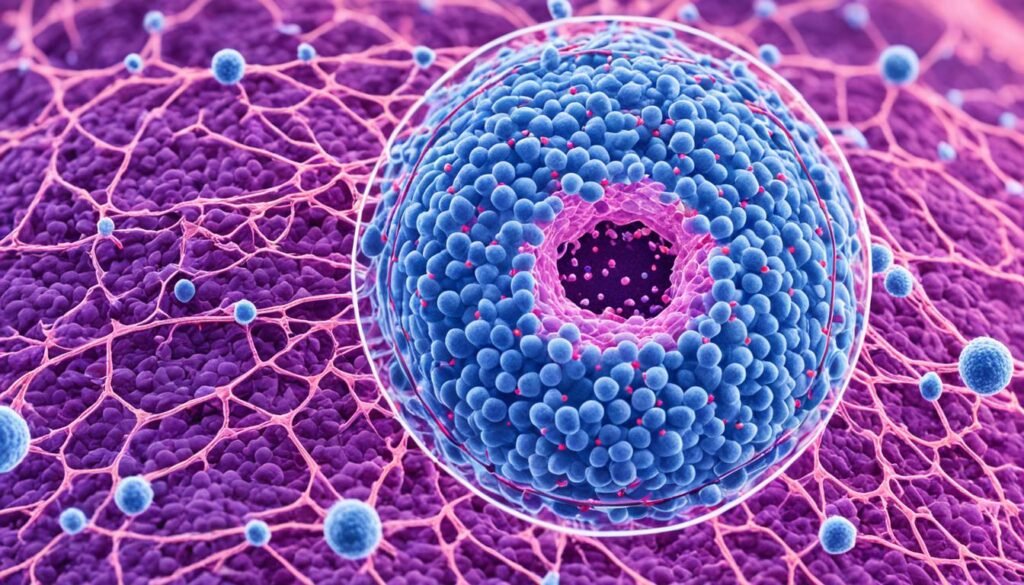
In recent years, concerns have grown around the breast cancer risk associated with common deodorant ingredients. Specifically, attention has focused on parabens and aluminum, which are frequently used in underarm products to preserve and enhance performance. Despite widespread online fears, existing research has not conclusively linked the use of these cosmetic chemicals to the development of breast cancer.
Several extensive case-control studies have investigated the potential connection between antiperspirant usage and breast cancer. These studies, which often depend on personal recollections, have largely determined there is no significant association between the two, including products containing parabens or aluminum. However, gaps remain in the epidemiological data, as highlighted by the American Cancer Society.
Parabens, known for their estrogen-like properties, can be absorbed through the skin. Since estrogen can influence breast cell growth, this absorption raises concerns. While parabens are present in a large percentage of the U.S. population’s urine, direct links to health issues like breast cancer are not firmly established. Aluminum compounds, functioning by blocking sweat glands, have also raised theoretical risks, but research indicates minimal skin absorption, and no proof exists that they heighten cancer risk.
Key Takeaways
- Existing research shows no strong link between parabens in deodorants and breast cancer risk.
- Case-control studies find no significant association between antiperspirant usage and cancer.
- Parabens have weak estrogen-like properties, but direct health impacts remain unproven.
- Research on aluminum in antiperspirants suggests minimal skin absorption and no increased cancer risk.
- Consumers can easily identify and choose to avoid these substances in product ingredient lists.
Understanding Parabens and Their Use in Cosmetics
Parabens are a class of cosmetics preservatives widely employed to prevent the growth of harmful microorganisms, effectively extending the shelf life of beauty items. These estrogenic chemicals have been the subject of much debate concerning their safety and impact on health.
What Are Parabens?
Parabens are synthetic compounds used as preservatives in a myriad of skincare products and makeup additives. They exhibit antibacterial and antifungal properties that help keep products fresh and safe for consumer use. However, questions about paraben exposure and its potential links to health issues continue to draw attention.
Common Products Containing Parabens
A broad array of personal care items typically contains parabens. Some common examples include:
- Lipsticks
- Mascara
- Foundations
- Lotions
- Shaving products
- Sunscreens
Despite their widespread use, there is growing consumer demand for products free of these additives due to concerns over their weak estrogenic effects.
Regulations and Safety Standards
Regulatory bodies such as the FDA closely monitor the use of parabens in cosmetics. Safety standards mandate that products containing these chemicals list them explicitly as ingredients to ensure transparency. This regulation allows consumers to make informed choices, especially those who wish to avoid paraben exposure.
| Product Type | Contains Parabens |
|---|---|
| Lipsticks | Yes |
| Mascara | Yes |
| Foundations | Yes |
| Lotions | Yes |
| Shaving Products | Yes |
| Sunscreens | Yes |
| Major US Deodorant Brands | No |
Understanding the role and regulation of parabens in cosmetics can help consumers make safer and more informed decisions about the skincare products and makeup additives they use daily.
The Role of Aluminum in Deodorants
Aluminum-based compounds play a significant role in the formulation of many antiperspirants. One well-known compound, aluminum chlorohydrate, acts by forming a temporary plug within sweat ducts to impede perspiration. These sweat gland blockers are key ingredients in reducing underarm wetness.
How Aluminum Compounds Work
When applied topically, antiperspirants containing aluminum chlorohydrate undergo a chemical reaction with the sweat, creating a gel-like substance that temporarily blocks the sweat glands. This mechanism effectively minimizes moisture and keeps underarms dry.
Potential Health Concerns
Concerns around aluminum chlorohydrate often relate to its interaction with bodily processes, particularly the potential for estrogen receptor interference. Estrogen is a hormone linked to the growth of breast cancer cells, leading to public worry over the use of aluminum-based deodorant active ingredients and their effects on health.
Scientific Studies on Aluminum and Cancer Risk
Several studies have been conducted to investigate the topical absorption of aluminum compounds and their potential cancer risk. Despite these efforts, research has not demonstrated significant uptake of aluminum through the skin or a definitive link to increased breast cancer risk. Studies exploring the underarm aluminum absorption rate and comparing aluminum content within breast tissue have not yielded conclusive evidence to affirm the concerns.
The Link Between Parabens and Breast Cancer
Concerns have surfaced due to the presence of parabens in breast tumors coupled with their estrogen-mimicking properties, creating speculation about their role in breast cancer etiology. Parabens have been discovered in human breast tissue and urine, yet the findings are not uniform in establishing a causal relationship.

For instance, some studies suggest a temporal relation between the use of paraben-rich products and the areas where most breast tumors occur. Additional factors like underarm shaving potentially causing microabrasions increase concerns about the hormonal influence of these substances. Other findings indicate no significant difference in parabens’ presence between cancerous and normal tissues.
To grasp the breast cancer correlation better, it’s essential to consider the higher incidence of tumors in the upper outer quadrant of the breast. Experts argue this might be due to the greater amount of tissue in that region rather than specific cancer growth prompts directly induced by parabens.
Further comprehensive research is thus needed to clarify the role, if any, that parabens have in breast cancer development.
Case Studies and Scientific Research on Deodorants and Breast Cancer
The relationship between deodorants, antiperspirants, and breast cancer has been a subject of extensive research. While these studies offer varying perspectives, they inherently possess certain limitations. Here, we delve into critical studies, acknowledge their constraints, and explore international viewpoints on the matter.
Critical Studies and Their Findings
Various studies have examined the potential link between *deodorant usage patterns* and an early *breast cancer diagnosis age*. For instance, researchers have observed *underarm shaving correlations* in cases where the diagnosis age was notably younger. These studies spotlight the importance of scrutinizing everyday products’ *cosmetic carcinogenicity*.
Limitations of Existing Research
Despite revealing insights, many studies on this subject are limited by factors such as small sample sizes and retrospective designs. These constraints hinder the ability to draw definitive conclusions. Additionally, relying on self-reported data can skew the understanding of *deodorant usage patterns* and its potential health risks.
Global Perspectives on Parabens and Health
Leading research in different countries reveals geographical and cultural influences on *global cancer incidence*. Studies indicate that the prevalence of breast cancer escalates in regions where deodorants are regularly applied. This calls for internationally inclusive research to delineate potential connections, considering cultural habits and regional use patterns.
Alternative Deodorants: Paraben-Free Options
In response to increasing concerns about traditional deodorants, the market has seen a surge in the availability of paraben-free options. These alternatives often include ingredients recognized as natural or with fewer chemical additives, positioning them as a health-conscious choice for consumers looking to minimize their exposure to controversial substances.
Natural deodorants and chemical-free antiperspirants provide similar benefits in terms of odor control without relying on compounds that have stirred debate. From sticks and sprays to creams, these products cater to the demand for transparency and safety in skincare and underarm care.
Moreover, the varieties available in the eco-friendly body care arena continue to grow.
| Product Type | Main Ingredients | Benefits |
|---|---|---|
| Stick | Baking Soda, Coconut Oil | Long-lasting odor protection |
| Spray | Witch Hazel, Essential Oils | Quick application, refreshing feel |
| Cream | Shea Butter, Magnesium Hydroxide | Moisturizing, gentle on skin |
Embracing these non-toxic underarm products not only supports personal health but also aligns with a move towards health-conscious choices in daily body care routines.
Making Informed Choices for Your Health
Navigating the complexities of cosmetic safety and cancer risks involves a careful and thoughtful personal care products selection. As consumers, it’s vital to educate ourselves on the ingredients used in our deodorants and antiperspirants. By understanding these components and their potential health implications, you can make more informed cosmetic use decisions.
For accurate information, seek out authoritative sources such as the American Cancer Society or the National Cancer Institute. These organizations provide valuable guidance on risk assessment, helping you weigh the benefits and potential risks of certain ingredients like parabens and aluminum compounds. Reducing exposure risks by opting for paraben-free or aluminum-free alternatives can be a proactive health measure, embraced by those adopting a precautionary approach in the absence of a definitive scientific consensus.
Ultimately, your choice of personal care products should reflect a balance between personal well-being, scientific understanding, and individual health priorities. Breast health awareness is a crucial component of this decision-making process. Empower yourself with knowledge, consult trusted sources, and choose products that align with your health goals and values. Proactive health measures today can lead to a healthier tomorrow.